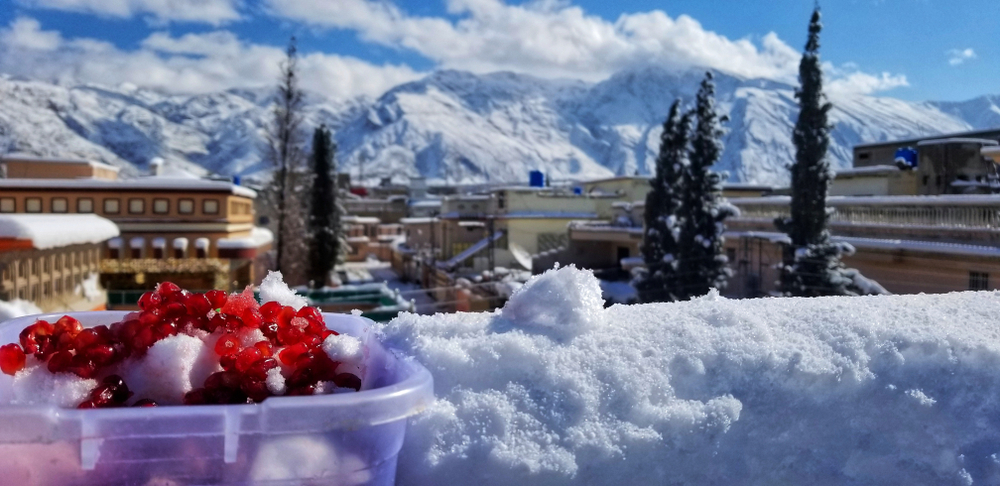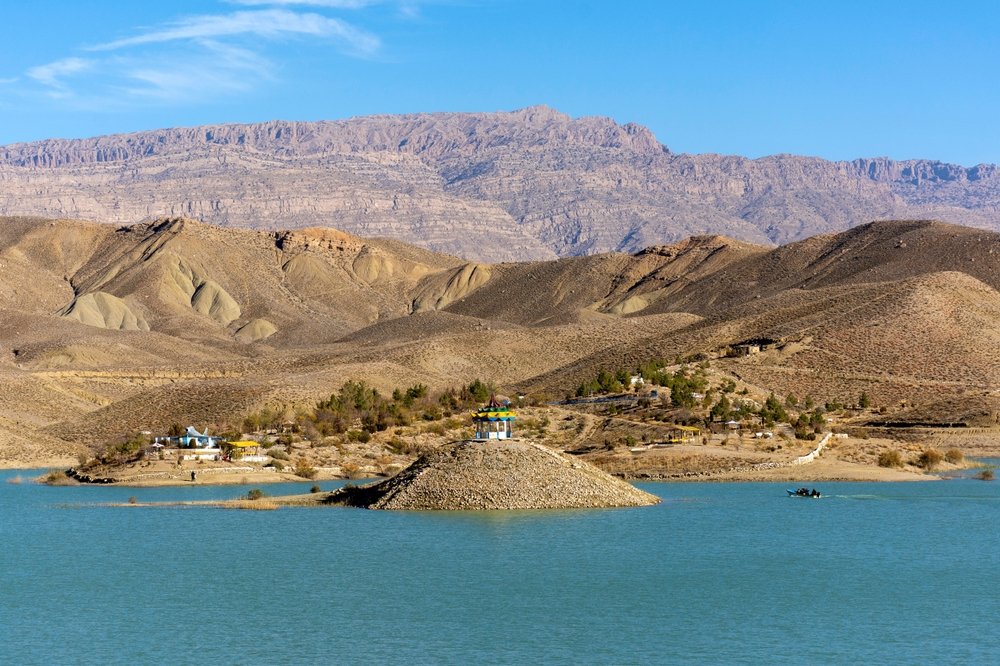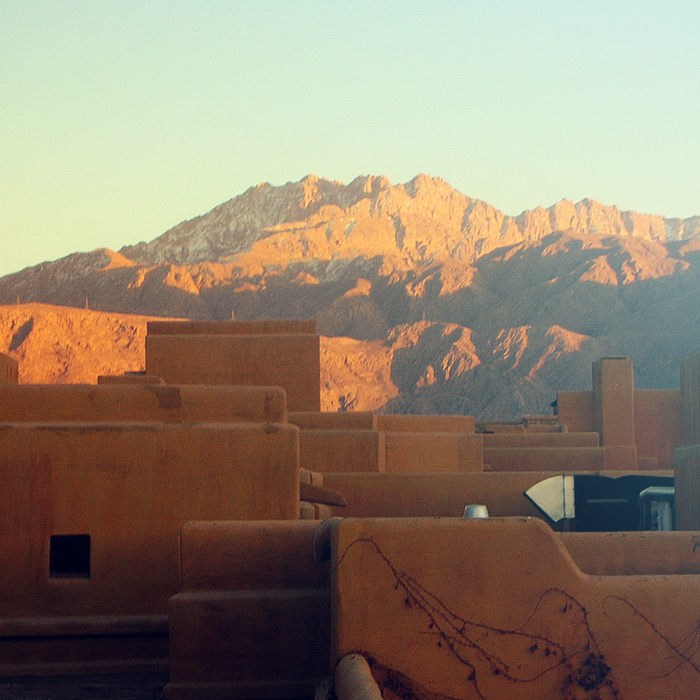Sitting at 1,680 meters (5,500 feet) above sea level, Quetta, the capital of Balochistan province, occupies a strategic position since the boundaries of Iran and Afghanistan meet here, and the Bolan Pass lies on important lines of communication. Located in a river valley, it is connected by rail with Lahore, (727 miles), Peshawar (986 miles), and Karachi (536 miles). A new road connects it with Karachi through Khuzdar, Makran, and Las Bela. It is also connected with Zahidan (Iran) by rail.
Quetta derives its name from the Balochi “Kuwatta”, which means a fort. The city is surrounded by imposing hills like Chiltan, Takatoo, Murdar, and Zarghun. It lies 1692 meters above sea level at the mouth of Bolan Pass. The inhabitants are mainly Pathans, Baluch, and Brahvis, therefore Pushto, Balochi, Brahvi, and Urdu languages are widely spoken. It is famous for its honey sweet apples and many other varieties of fruit. Quetta abounds in various varieties of apples and grapes. The orchards clutter the entire suburbs of Quetta and other important towns. For the abundance of fruit, Quetta is rightly called as the Fruit Basket of Pakistan.
Quetta has always been a military station and even after the partition it is because of many military establishments that its business and life thrive. Owing to its location close to Afghanistan, where the British interest lay, the British Army established the Army Staff College, which is still located here, though with a new name and building. Even otherwise Quetta is an important military station because of its vital and strategic position on account of the fact that the boundaries of Iran and Afghanistan meet here, and the Bolan Pass lies on important lines of communications. Quetta is also the site of an airbase used by the United States Air Force during the Cold War. Field Marshal Montgomery of the British Army – the Al-Alamin famed, was on the faculty of the Command and Staff College. The house once occupied by the Field Marshal has been converted into a museum, which is located at the very main gate of the college.
The Sleeping Beauty

Perhaps very few people would have ever appreciated this natural feature as a sleeping human – but the military officers attending the Command and Staff College refer to the feature as the “Sleeping Beauty”. Look again and start from right where the head starts and moving leftwards one can find the torso of a beauty lying in peace since God knows when. Whenever visiting Quetta City next time look at the “Murdaar Feature” from the distance and you will tend to agree.
Hanna Lake

The lifeline for inhabitants of Quetta and surrounding areas is located ten kilometers from Quetta at the confluence of Urak Valley. The picturesque lake with its greenish-blue water portrays a rich contrast to the sandy brown of the hills in the background. The Lake had its tourist attraction, and golden fish in the lake came swimming right up to the edge of the lake to the delight of the tourists. There is a lakeside restaurant with picnic tables shaded by pine trees. At one end, the irrigation dam rises out of the depths like battlements of a fort. It is very attractive for holidaymakers and
is crowded with hikers and campers during the holidays. The turquoise waters of the lake provide a rich contrast to the sandy brown of the hills in the background. One can promenade on the terraces or hire a boat and paddle on the lake and around the island in the middle. The wagon service operates from the city bus station at Circular Road. The transport can be hired through the PTDC Tourist Information Centre, Muslim Hotel, Jinnah Road Quetta. However in dry seasons, sometimes the lake dries up exposing the lone island and its hut to the tourists who may even walk up to it.
Those interested in traditional foods, should not miss eating “Sajji” – chicken or even sometimes the entire lamb or goat stuffed with rice and eggs and roasted by skewering it around the burning fire. A taste in itself, one never forgets. Those interested in wildlife can head to Hazarganji Chiltan National Park, which is about 20 kilometers from Quetta. The park is home to five distinct kinds of Markhor (wild sheep), leopards, wolves, striped hyenas, hares, wild cats, and porcupines. The park also has a large number of birds that include partridge, warblers, falcons, blue rock pigeons, rock nuthatch, red-gilled choughs, golden eagles, sparrows, hawks, falcons, and bearded vultures. There are 225 species of plants in the park, including pistachios, juniper, wild olive, wild ash, almond, fig, barberry, and wild cherry.
Pishin Valley And Bund Khushdil Khan

Pishin Valley is about 50 kilometers from Quetta city in District Pishin in the northwest of Balochistan province of Pakistan. It consists of thousands of acres of fruit orchards. The valley is a fertile land where several crops and fruits are grown. Pishin Valley is renowned for its greenery and is also the primary place for crop production. Besides the crops, it is also famous for the growth of vegetables and fodder. Today Pishin Valley is famous for horticulture and agriculture in Pakistan. Pishin Valley is about 50 kilometers from Quetta city in District Pishin in the northwest of Balochistan province of Pakistan. It consists of thousands of acres of fruit orchards. The valley is a fertile land where several crops and fruits are grown. Pishin Valley is renowned for its greenery and is also the primary place for crop production. Besides the crops, it is also famous for the growth of vegetables and fodder. Today Pishin Valley is famous for horticulture and agriculture in Pakistan. Apart from the fruit, there is a quaint little market town which is famous for eating joints and other traditional foods. There is a man-made spring ‘Karez’. This artificial spring is made in order to use the subterranean water for irrigation purposes. The Pishin Valley is a center of festivity colorful harvest programs and other cultural fetes. Folk dances are very popular. In spring when most of the plants are in bloom, it gives a splash of color to Pishin Valley. Migrant tribesmen travel across the valley in autumn and spring with their herds of sheep and camels and their assorted wares for sale. This seasonal movement adds color and beauty to the life of Pishin Valley. In recent years Pishin Valley has become one of the important tourist attractions in Balochistan. There lies Bund Khushdil Khan. Bund Khushdil Khan is a 5km long and 2km wide tank and is one of the wonderful sights. It is entirely dependent on rainfall and snow. Today it has become a spot of duck shooting. In Pishin Valley tourists can participate in activities like horse jumping, trick horse riding, trick motorcycle riding, and dare-devil motor car driving. There is also a dog and hare race which is an important event, especially during the harvesting festival. There is a fortress nearby and when the sun sets the fortress looks splendid. In short, Pishin is full of life and a beautiful place to visit. In spring Pishin Valley gives a picturesque look as most plants are in boom in this season. It is a must-visit place as it is a masterpiece of this world. In the season of autumn and spring migrant tribesmen pass through across this valley along with their herds of sheep and camels and their various products for sale. This seasonal association put color and prettiness into the life of Pishin Valley.
